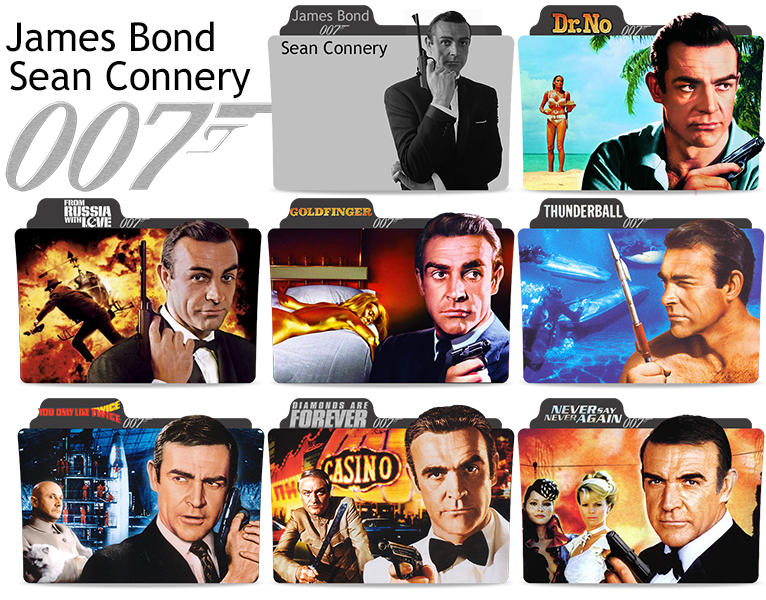
‘Suture’ (1993)
(1993)
All I knew about ‘Suture’ going in was that it was something of a neo-noir, and it was shot in black and white (which is one of the most appropriate creative choices I’ve ever seen). Beyond that, I didn’t know what to expect.
Given certain factors (like the “state of race relations” at the moment), I’m not sure if ‘Suture’ would be better received now, or more poorly received, because there’s a central conceit to the movie that if you don’t pick up on, it’ll go right over your head, and that is that Dennis Haysbert plays a White man. Mind you, he’s not in any make-up or prosthetics with the intention of looking this way, but he plays the brother of a White man, and according to dialogue, they have a quite a familial resemblance.
I don’t want to get into any spoiler specifics, because I liked this movie and would recommend it, but I will explain that the point of casting someone like Haysbert in that role is to make it clear that he is not his brother, because the key theme of ‘Suture’ is not only identity, but what it is inside of us that lets us know who we are individually.
So, yes, it’s something of a heady movie, perhaps a wee bit pretentious, but as long as you understand the central conceit, it’s not all that complicated, and there’s no question that Haysbert carries the film on his shoulders with aplomb. A fine performance from a fine actor.
Rating: ★★★★☆

‘The Hunger’ (1983)
(1983)
After seeing this one, I now understand why Paramount executives were so concerned when the first dailies that came back from ‘Top Gun’ were nothing but magic hour shots from the deck of the USS Enterprise, because if I were to describe ‘The Hunger’ in one phrase, it would most definitely be, “Too art-house for its own good.” (‘The Hunger’ and ‘Top Gun’ are Tony Scott’s first two movies, in case you wonder what I mean.)
Like ‘Wolfen‘, ‘The Hunger’ is based on a novel by Whitley Strieber, and much like how ‘Wolfen’ is about wolf creatures that aren’t werewolves, ‘The Hunger’ is about vampires that don’t have fangs. It’s weird.
Now, like I said, the movie is too art-house for its own good, and in that respect it’s too frustrating to recommend (not to mention there’s a lack of emotional connection for the audience), but I will give it props for perhaps the best old age makeup I’ve ever seen, used on David Bowie.
Frankly, the experience of this movie is not unlike 2014’s ‘Godzilla‘, in that once the most interesting character is dispatched (Bryan Cranston/David Bowie), there’s no need to watch anymore.
Rating: ★★☆☆☆

‘Blazing Saddles’ (1974)
Seeing this movie on the big screen (in honor of the recently passed Gene Wilder) after seeing ‘Sausage Party‘ this summer just reinforced my assertion that trying to compare the latter to the former is absolutely ridiculous, because ‘Blazing Saddles’ is everything that ‘Sausage Party’ isn’t. It’s consistently funny, it’s actually clever, and it deals with racism in a very real way (while still making you laugh).
I don’t know if Mel Brooks ever sat down and thought to himself, “Someday, I’ll be the king of parody movies,” like it was an actual goal, or if that’s just how his career progressed, but ‘Blazing Saddles’ was the start of all of it (for the record, ‘Spaceballs‘ is overrated, ‘High Anxiety‘ is underrated). And what makes ‘Blazing Saddles’ great (besides, you know, everything), like all great parody or homage movies, is a love of the source material. It’s one thing to sit back and make fun and take potshots at something you think is inherently silly, and it’s another to mine humor out of something you genuinely enjoy, which is true of most of Brooks’ work because he’s a lover of cinema.
Anyway, even if you’re not a fan of Westerns yourself, I can’t recommend ‘Blazing Saddles’ highly enough. Every performance from the headliners down to random extras is spot on, I think most of the humor still holds up (and some is still quite shocking), and it’s a movie with a hugely important message that never, ever gets preachy about it.
Rating: ★★★★★

‘Gang Related’ (1997)
It’s safe to say that Tupac is basically Hip Hop Elvis, right?
A rapper, a dancer, a poet, and an actor, he left quite an impression on the world before (and after) his death at the age of 25. It seemed fitting to commemorate the twentieth anniversary of his passing with a look at his final film performance.
Circumstances aside, ‘Gang Related’ is a decent movie. I’d actually call it three quarters of a pretty great movie before it kind of falls apart towards the end. Tupac and Jim Belushi play homicide detectives who have been using seized drugs to lure unsuspecting buyers to their deaths, then taking the money and covering up the murders as “gang related.” One night, however, they kill somebody they really, really shouldn’t have, and that’s when things get complicated.
Anyone who was into ‘Breaking Bad’ will particularly appreciate the dramatic twists and turns of ‘Gang Related’, especially in the area of characters trying to cover up their crimes when pretty much everything that can go wrong does go wrong.
In terms of performances, I’m not going to lie and say that Tupac is super special, but given the heavy hitters he’s sharing the screen with, he more than holds his own (James Earl Jones, for one, isn’t in the movie very long, but his commanding presence makes up for lack of screen time). I mean, if somebody saw Tupac’s performance without knowing who he was, I doubt they’d suspect he wasn’t exactly an actor by trade.
Also, props to Jim Belushi. Again, his performance isn’t perfect, but it’s effective enough to carry the movie; and his character does get darker as time goes on, which he handles well.
If I have one particular criticism of ‘Gang Related’, it’s that you definitely feel its length, but it’s entertaining enough to watch one time.
Rating: ★★★☆☆

‘Mars Attacks!’ (1996)
(1996)
It seems like they’ll make a movie out of just about anything these days, but 20 years ago Tim Burton made a movie out of a trading card series (usually it’s the other way around).
I have to admit, I’m not, nor have I ever been, a fan of Tim Burton, and this particular movie doesn’t help my opinion of him at all.
At face value, ‘Mars Attacks!’ seems like a great idea: a simultaneous pastiche of 1950s alien B-movies and later Hollywood prestige pictures (the kind with more movie stars than you can shake a stick at, e.g. ‘The Towering Inferno‘). The problem lies with the execution. There are so many baffling creative decisions, I hardly know where to begin, so let’s just discuss a couple.
Number One: Why does Jack Nicholson have two roles?
Look, I get that Tim Burton loves Jack Nicholson so much that 1989’s ‘Batman’ should really be called ‘Joker’, but he’s one of the most recognizable people in the history of ever. You can put some sunglasses and a wig on him all day, everybody is still going to know it’s Jack Nicholson, because Jack plays Jack in every movie, and twice in this movie. Peter Sellers in ‘Dr. Strangelove‘ he is not.
Number Two: Why, why, why so much CGI?
I get mad when I see period piece movies obviously shot digitally rather than on film, and this is a similar gripe. I’m sure CGI in the mid-90s was super expensive, so why, especially when making a film based on 1950s B-movies, would you choose that option rather than investing in stop-motion animation and rubber puppet monsters? This is especially egregious when you consider that Burton had just recently written and produced a little movie called ‘The Nightmare Before Christmas’, which was done entirely in stop-motion animation. Unforgivable.
Ultimately, as is so often the case, the biggest issue with ‘Mars Attacks!’ is the tone. To say it’s all over the place is an understatement; certainly a far cry from other successful horror comedies. At one point, the film cuts to a clip of ‘Godzilla vs. Biollante‘, and I immediately said to myself, “I wish I was watching that movie.”
I will admit though, the very end is a good bit, but I’m also a total mark for Tom Jones, so, there it is.
Rating: ★★☆☆☆








